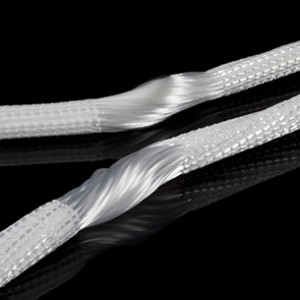Lateral hip pain or Greater Trochanteric Pain Syndrome is a common problem that manifests mainly in the 4th-6th decades of life and typically gets mischaracterised as “trochanteric bursitis”. However, it is increasingly being recognised that symptoms are NOT due to
bursal inflammation or “bursitis” but are rather due to mechanical overload, tear or deficiency of the hip abductor mechanism.

The mainstay of treatment in the past has typically been symptomatic with steroid injections. However, in the setting of a tendon tear (rather than “bursitis”) not only are steroid injections likely to be ineffective but will actually risk making the tendon injury worse or lead to further tendon rupture or injury (ref: Ben Domb, Hip Arthroscopy Meeting, Melbourne 2016)
Surgery for tendon repair has been attempted in the past but traditional repair techniques of degenerative/poor quality tissue has been associated with high re-rupture rates and mediocre results.
With this understanding, a range of new treatment modalities have emerged:
- Injection of platelet-rich-plasma (PRP) to the tendon complex. Large randomised studies are lacking but anecdotal reports and case series suggest that PRP may be useful.
- Autologous tenocyte implantation: Promising concept but currently very expensive
New surgical techniques are emerging to offer a new frontier in tendon repair:
Synthetic tendon-scaffold implants are now available. These are use to enforce the mechanical strength of the native tissue repair and to act as a biologic scaffold for soft tissue regeneration.
 Typically, the synthetic tendon is implanted through a drill-hole in the greater trochanter and then attached via multiple sutures to the under-surface of the torn gluteal tendons (usually gluteus medium). The abductor tendons are then repaired back to the patient’s bone via a transosseus suture technique and the synthetic ligament is oversewn into this this. The synthetic tendon then shares the mechanical load of the repair and also acts as a scaffold for further soft tissue healing.
Typically, the synthetic tendon is implanted through a drill-hole in the greater trochanter and then attached via multiple sutures to the under-surface of the torn gluteal tendons (usually gluteus medium). The abductor tendons are then repaired back to the patient’s bone via a transosseus suture technique and the synthetic ligament is oversewn into this this. The synthetic tendon then shares the mechanical load of the repair and also acts as a scaffold for further soft tissue healing.
This is a very new surgical technique NOT widely offered but the technique and results have been reported in the peer-reviewed published literature and the early results are very promising.
The main synthetic tendon in the published literature is the LARS ligament that has now been available for many years for ACL reconstruction surgery and has been used there to allow AFL and other athletes an earlier return to sport after ACL rupture. There are also alternative synthetic tendons coming out, such as the “NeoLigament” from the UK.
Please contact our practice if you wish to discuss options or patients with chronic lateral hip pain or greater trochanteric pain syndrome (GTPS)